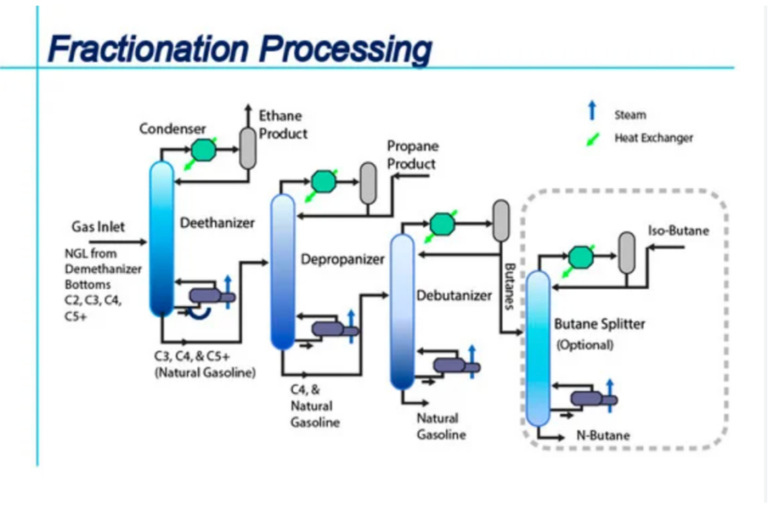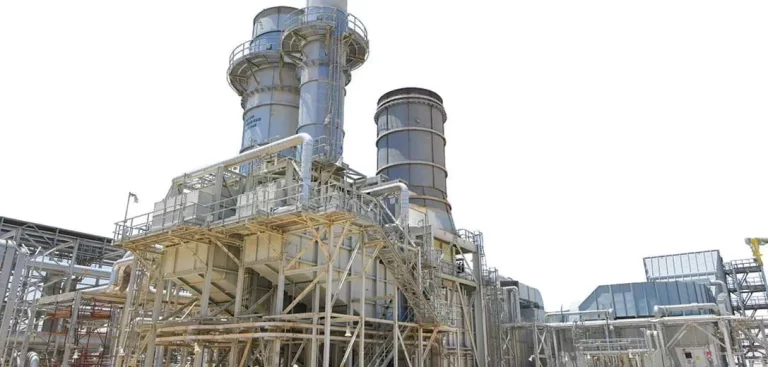
Leading the way in safety and sustainability: our role in upgrading Yanbu NGL Fractionation Plant
Staterra are proud to have played a pivotal role in ensuring safety and sustainability at the Yanbu NGL Fractionation Plant (YNGLF). Located on Saudi Arabia’s North West Coast by the Red Sea, YNGLF is vital to domestic petrochemical production and international exports. When deficiencies in its fire protection systems were identified, Staterra partnered with Saudi Aramco to conduct a comprehensive Environmental Impact Assessment (EIA) and support all upgrades to the project.
This initiative not only enhanced safety but also aligns with Saudi Vision 2030 goals by prioritising sustainable practices and regulatory compliance. Our track record in similar projects underscores our expertise in environmental permitting and compliance.

Project Overview
The fire protection system upgrade addressed potential critical gaps in YNGLF’s infrastructure by:
- Installing new firewater pumps with enhanced capacity.
- Expanding storage tanks to meet safety standards.
- Upgrading piping networks, hydrants, monitors, hose reels, and detection systems.
These enhancements served to mitigate risks associated with fire emergencies whilst safeguarding operational personnel and assets. Similar methodologies were employed successfully during our hazard-based risk assessment for Diriyah Gate’s sewage treatment plants.
Our Role in Environmental Compliance
As the appointed environmental consultant, we conducted an extensive EIA study that evaluated potential environmental impacts across air quality, noise levels, waste management, biodiversity preservation, and socio-economic benefits. Key contributions included:
- Ensuring compliance with Saudi Aramco Engineering Standards (SAES-B-017) and National Centre for Environmental Compliance (NCEC) regulations.
- Developing a robust Environmental Management Plan (EMP).
- Providing actionable recommendations based on insights from previous projects such as MESCO’s waste management facilities in Jubail Industrial City.
Environmental Impact Assessment Highlights
Air Quality
Dust generation during construction was assessed using advanced modeling techniques. Mitigation strategies include dust suppression measures such as watering during dry conditions and covering transport vehicles.
Noise
Noise levels were monitored at multiple locations using Class 1 Sound Level Meters. Results showed compliance with NCEC standards after implementing noise control measures.
Biodiversity
Our ecological survey expertise ensured minimal disruption to local flora and fauna—a methodology refined during NEOM’s native tree translocation project.
Mitigation Measures
To minimise negative impacts during construction and operation phases:
- Dust suppression techniques were implemented.
- Noise barriers were installed around sensitive receptors.
- Waste management practices adhered to SAES-S-007 standards.
- Soil erosion control measures included revegetation of exposed areas.
These measures draw on lessons learned from our work on Inma Steel’s facility expansion project.

Key Safety Parameters Under Considerations
The following are a list of the key parameters for which Staterra undertook our gap Analysis namely:
Flammability and Volatility: NGLs are highly flammable and volatile, posing a significant risk of fires and explosions if not handled properly.
Odourless Nature: Unlike natural gas, NGLs are typically odourless, making leaks difficult to detect without specialised equipment.
High Pressure: NGLs are often stored and transported under high pressure, necessitating specializsd equipment and procedures.
Environmental Concerns Addressed in the EIA Study Report:
Spills or leaks of NGLs can cause significant environmental damage.
Safety Measures and Practices:
Specialised Equipment:
- Intrinsic Safety: Using intrinsically safe and explosion-proof devices and equipment is crucial.
- Leak Detection: Implementing robust leak detection systems is essential.
- Containment Structures: Using containment structures like dikes or catchment pits to prevent spills from spreading.
- Fire Suppression: Having adequate fire suppression equipment readily available.
- Emergency Shutoff: Implementing emergency shutoff systems to quickly isolate leaks or abnormal conditions.
- Training and Procedures:
- Trained Personnel: Only trained personnel should handle NGLs, including filling, transporting, and offloading portable tanks.
- Emergency Response: Developing and practicing emergency response procedures to address potential incidents.
- Maintenance: Implementing regular maintenance procedures to ensure the integrity of equipment and systems.
- Security: Implementing security measures to prevent unauthorised access to the facility.
- Operational Practices:
- Carefully Managed Operations: Ensuring that all operations are carefully managed to minimise risks.
- Good Ventilation: Maintaining good ventilation to prevent the buildup of flammable vapours.
- Restricted Access: Restricting access to hazardous areas to authorized personnel only.
- LNG Specific Hazards:
- Cryogenic Hazards: LNG facilities pose additional hazards due to the extremely low temperatures involved, including the potential for freeze burns and embrittlement of materials.
- Vapour Cloud Explosions: LNG releases can form large, flammable vapour clouds that can ignite and cause explosions.
- Water Extinguishment: Using water to extinguish LNG fires can be hazardous, as it can cause the LNG to vapourize more rapidly and potentially increase the volume of flammable gas.
- Personal Protective Equipment (PPE):
- LNG Overalls: Wearing LNG overalls with long sleeves to protect against cold temperatures.
- Safety Goggles/Face Shield: Using safety goggles or a face shield to protect eyes from splashes or fumes.
- Safety Shoes: Wearing safety shoes to protect feet from hazards.
- Cryogenic Gloves: Using gloves made of materials to enable handking of cryogenic liquid to protect hands from extremely cold temperatures.
- Safety Helmet: Wearing a safety helmet to protect the head from potential hazards.
Key Challenges and Solutions Going Forward
Challenges
- Insufficient firewater flow and pressure.
- Outdated equipment failing routine tests.
- Inadequate coverage for high-risk areas like naphtha tanks.
Solutions
We upgraded pumps, expanded piping networks, installed additional storage tanks, introduced automatic detection systems for deluge systems, and addressed coverage gaps—solutions informed by our HAZOP study at Qiddiya Wastewater Treatment Plant.
Why Staterra?
At Staterra, we specialise in transforming complex challenges into sustainable solutions. Our proprietary tools for environmental monitoring ensure precision at every stage of project development, from permitting to execution.
The YNGLF fire protection system upgrade marks a significant milestone in industrial safety improvements. Through proactive risk management and adherence to rigorous regulatory standards, this project sets a benchmark for sustainable safety solutions across the region.
For more insights into similar projects or case studies on environmental compliance or process safety improvements, contact us directly for tailored solutions.
